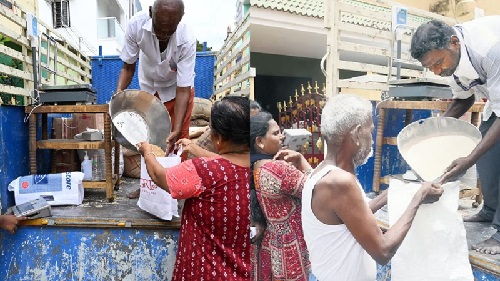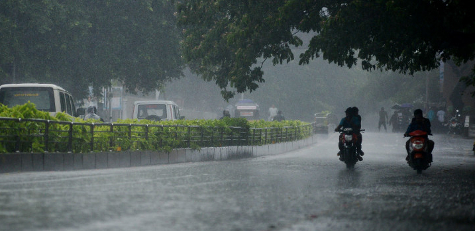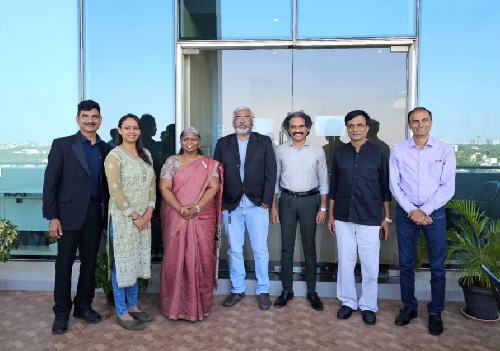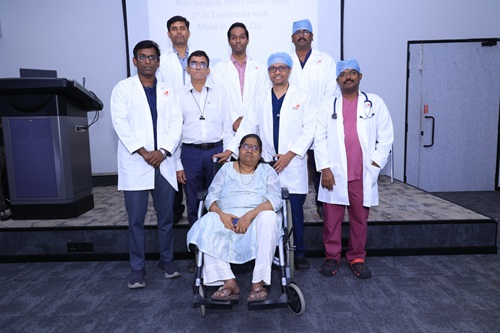Why eating apples especially during the winter season would be highly beneficial for us??
Posted on: 09/Dec/2022 9:09:05 AM

One fruit that many of us like to eat is apples. Delicious to taste, apples have many ingredients such as pectin fibres, calories,proteins, carbohydrates, naturally occuring sugars etc in them. It is obvious that eating apples would be superb for your health. Not many of us would know that eating apples especially in the winter season would be tremendous.
It is known that unlike summers during winters (due to cold climate etc)many of us would not be involved in certain outdoor physical activities like walking, jogging etc. So there are more chances of staying inside our houses and eating more food. This would lead to weight gain in us and it would be highly unhealthy.
There are many health benefits of eating in the winter season especially and these are
Digestion gets better:
During the cold weather, we usually consume less fluids and due to this the digestion would get affected. This would lead to our intestines becoming stiff and could lead to constipation issues. We would find it difficult to pass stools. By eating apples rich in pectin the digestion would become better and we would be able to pass stools easily.
Promotes weight loss:
Increased intake of calories would make us gain weight in the winter season. This is due to the decreased physical activity in the winter season. In addition to this, a more sedentary lifestyle and obesity would result in changes in mental health. The pectin would keep us full for a longer time and we would not eat unnecessarily. This would help in weight loss.
Metabolism get boosted:
It must be noted that the presence of fibres in the apples would boost the metabolism of the body. Eating apples along with its peel or skin would be superb for us. The apple intake would detoxify the body and the liver would get protected from toxic substances.
Immunity get boosted:
Many of us would get affected easily with common cold in the winter season due to the poor immunity levels. It is believed that the phytochemical antioxidants present in the apples would increase the immunity levels.
Good for the heart:
The blood vessels in us would contact due to the cold weather. This would increase the BP and would lead to issues like heart attacks and strokes etc. The presence of high levels of polyphenols and pectin would reduce the risk of heart diseases in us.







